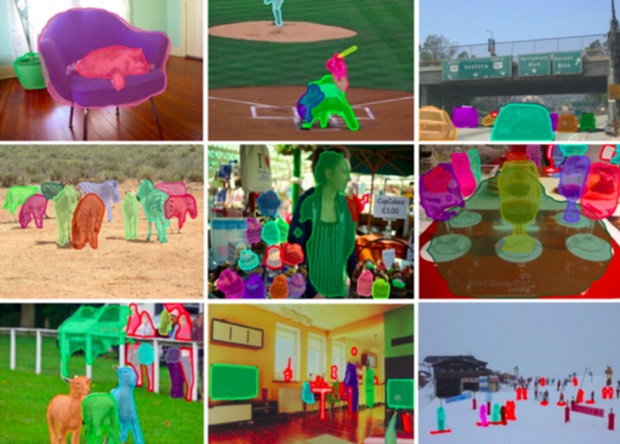Facebook is working on new artificial intelligence technology that can describe photos to people who can’t see them.
Teaching machines to see and understand
Facebook's AI team is working to build smart systems that can enhance people's lives. Watch this video to learn about how we're approaching AI research and the impact this work is already having.
Posted by Facebook Engineering on Tuesday, 3 November 2015
It hopes the technology – a blend of artificial intelligence and machine-learning – will be able to help blind people “see” images by enabling our computers to distinguish what is in a picture.

“Our AI can now look at a photo, figure out what’s in it and help explain it to you,” writes Facebook founder and CEO Mark Zuckerberg. “This is especially helpful if you’re blind or can’t see the photo. We see AI as helping computers better understand the world — so they can be more helpful to people.”
“We’re still early with this technology, and you can already start to imagine how helpful it will be in the future.”
“Our AI research efforts – along with our work to develop radical new approaches to connectivity and our work to develop immersive new VR technologies – are a long-term endeavour,” wrote Mike Schroepfer, Facebook’s chief technology officer.
“But if we can get them right we will be able to build systems that are smarter and more useful, enable developers to create immersive new experiences, and make it possible to connect everyone in the world.”
Visual Question and Answering Demo
Earlier this year, we showed some of our work on natural language understanding — specifically, a system called Memory Networks (MemNets) that can read and then answer questions about short texts. In this demo of a new system we call VQA, or visual Q&A, MemNets are combined with our image recognition technology, making it possible for people to ask the machine what's in a photo.
Posted by Facebook Engineering on Tuesday, 3 November 2015
The news comes as Facebook reported a jump in profits in the third quarter on the back of increased advertising sales.
The social media firm reported a net income rise of 11% to $891m (£579m) in July to September, compared with $806m in the same period last year.
Facebook also reported that developing markets had seen strong growth in the number of users.
The world’s largest social media site reported 60 million new monthly active users in the third quarter, bringing its global users to 1.55 billion.
A growth in monthly active users means a potentially larger audience for advertisers using Facebook.
Ad revenue was key to Facebook’s third-quarter performance, growing 45% to $4.3bn (£2.8bn).
Investors have been looking to see how Facebook’s increasing emphasis on video would pay off.
Facebook reported eight billion video views per day from 500 million people, compared with four billion views in April.
In addition, the company has said it wants to increase advertising revenue from Instagram and Whatsapp in the past, but investors have been anxious to see specific plans.
